OEM vs. Aftermarket Parts in Car Collision Repair: Which One is Better?
When it comes to car collision repair, one of the pivotal decisions involves choosing between Original Equipment Manufacturer (OEM) parts and aftermarket parts. This choice not only affects the repair's cost but also the longevity and safety of your vehicle. Understanding the differences between these two options can help vehicle owners make brighter choices when faced with repair needs.
Understanding OEM Parts: Precision and Peace of Mind
OEM parts are produced by the same manufacturer that made your car. One of the primary advantages of choosing OEM parts is that they are designed to match specifically with your vehicle's make and model, offering a guaranteed fit and finish. However, this precision often comes at a premium price, sometimes deterring cost-conscious consumers. For those valuing authenticity and exact compatibility, OEM remains an attractive choice.
Exploring Aftermarket Parts: Affordability with Flexibility
On the other hand, aftermarket parts are produced by third-party manufacturers and tend to be less expensive than OEM parts. The market for these components is vast, sometimes offering more variety and better availability than OEM parts. Given the projection that the automotive collision repair service market will reach $72.02 billion by 2034, according to Fact.MR, it's clear that there will be continued demand for both types of parts in various economic segments. DIY enthusiasts and budget-savvy consumers often favor aftermarket options, though they must carefully ensure the quality and compatibility of the parts they choose.
Making the Right Choice: What Matters Most for Your Repair
While both options have their merits, the choice between OEM and aftermarket parts often boils down to individual priorities such as cost, convenience, and quality. Insurance coverage can also play a significant role, as some policies favor OEM parts by covering the additional costs involved. Conversely, other providers might only cover aftermarket parts to control expenses, influencing the decision significantly. Importantly, some consumers might choose a blend of both, depending on the critical nature of the part being replaced.
The decision between OEM and aftermarket parts for car collision repair depends on multiple factors including personal preferences, budget, and insurance. Whether it's OEM's assurance of compatibility or aftermarket's cost efficiency and range, understanding their differences enables you to make informed decisions that best suit your repair needs. Ultimately, it's about striking a balance between price, performance, and peace of mind on the road.
If you're unsure which parts are right for your car collision repair, Vision Collision is here to help you weigh the options with clarity and confidence. Let our experts guide you toward a repair solution that fits your needs and keeps your vehicle road-ready.
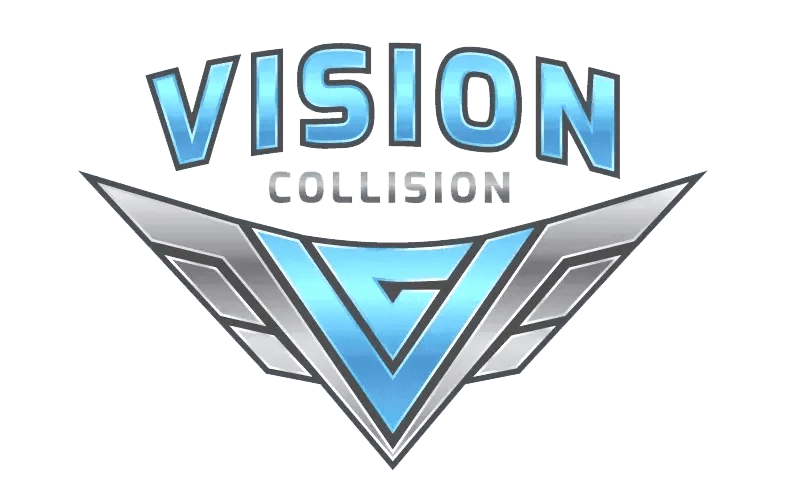
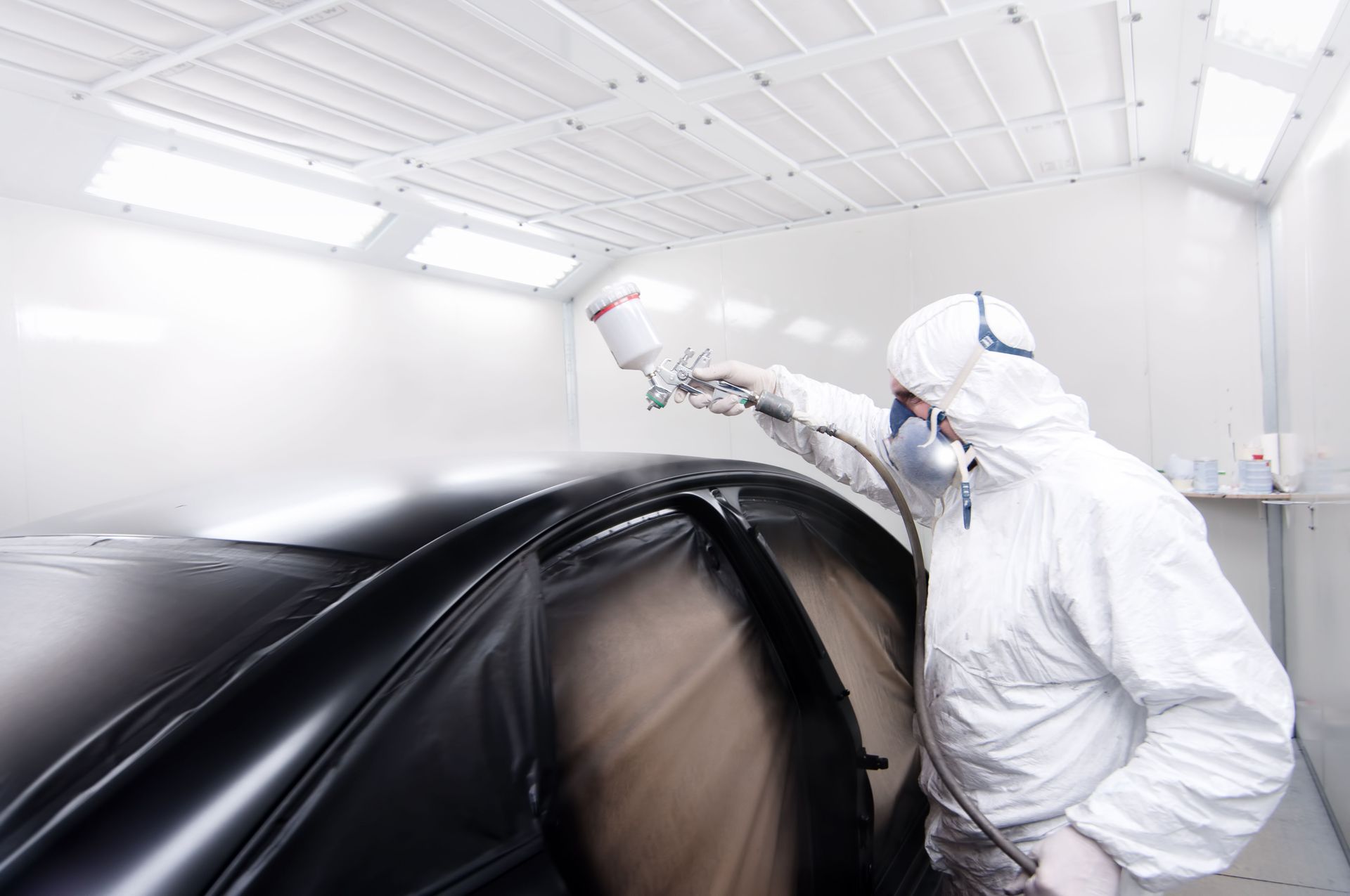
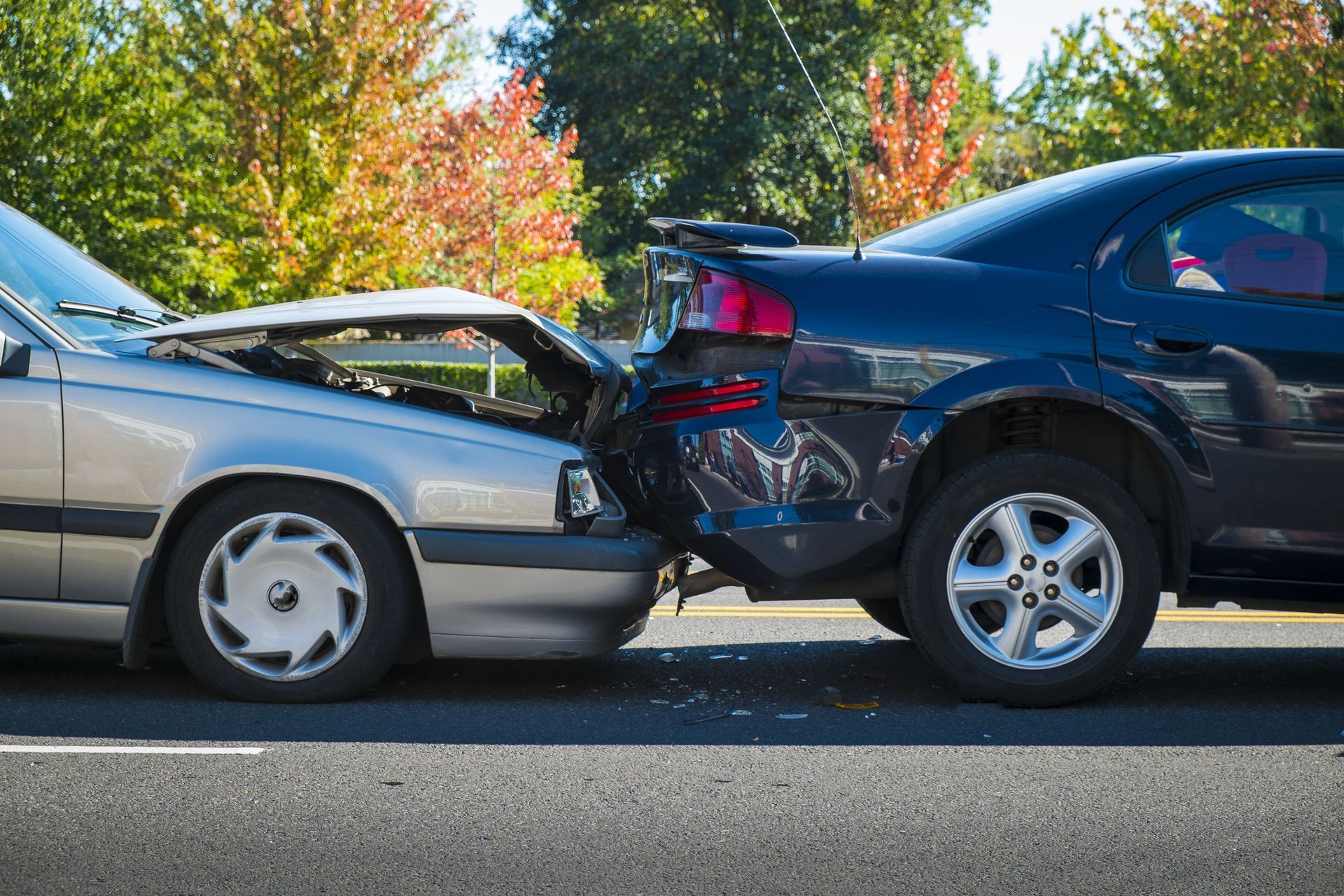
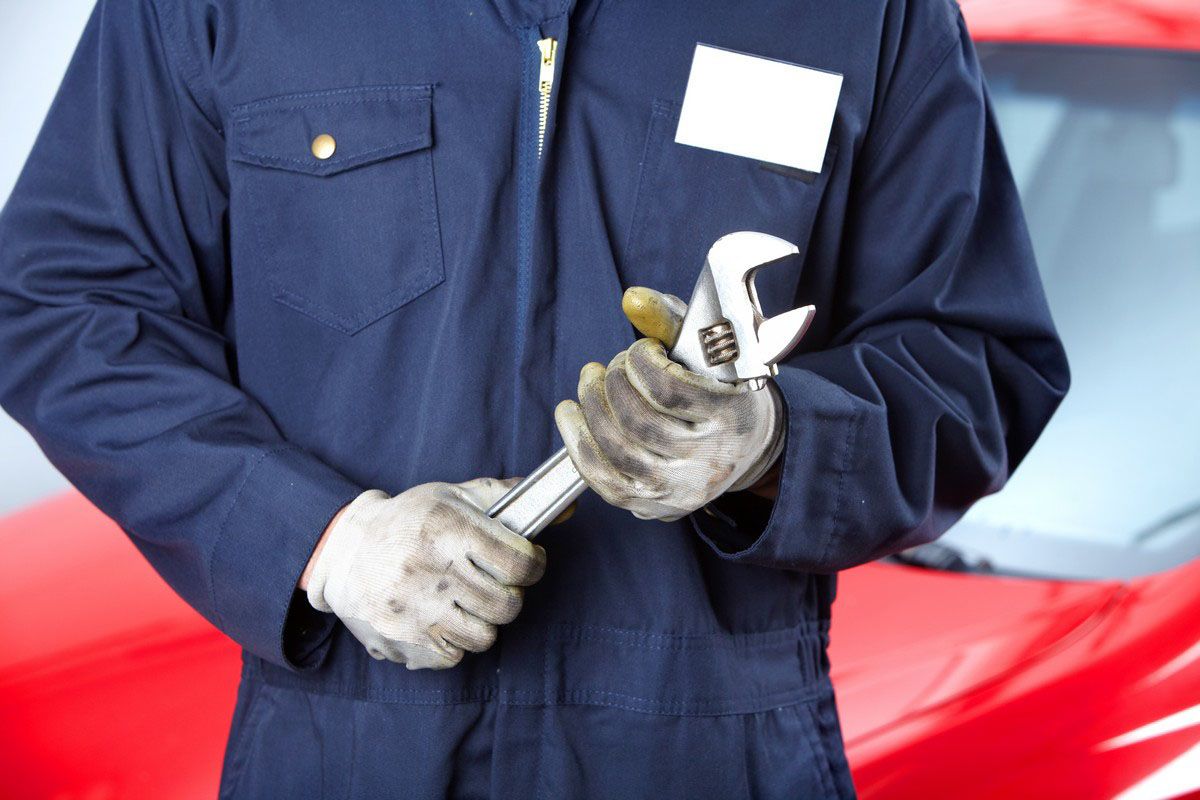
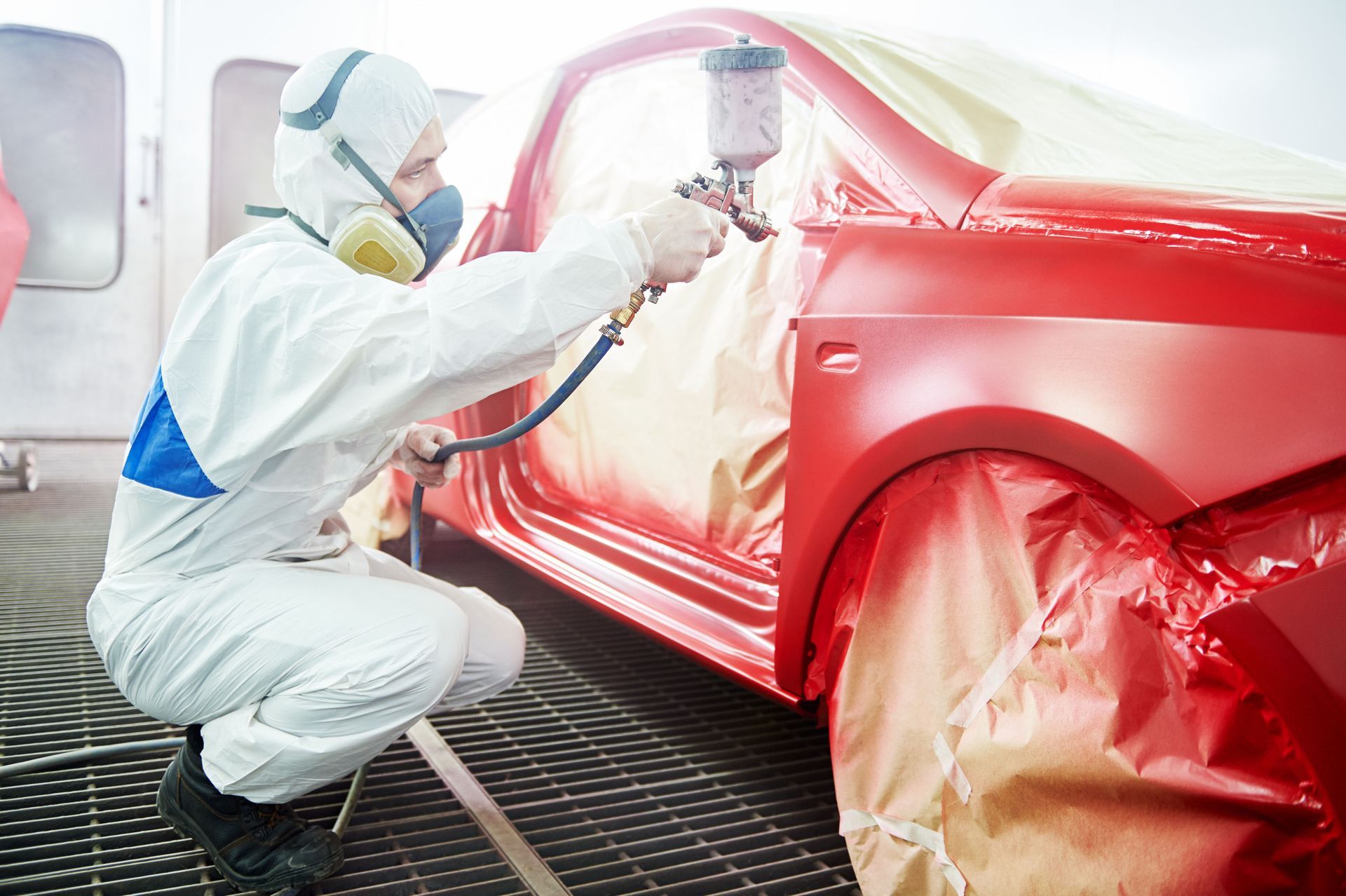
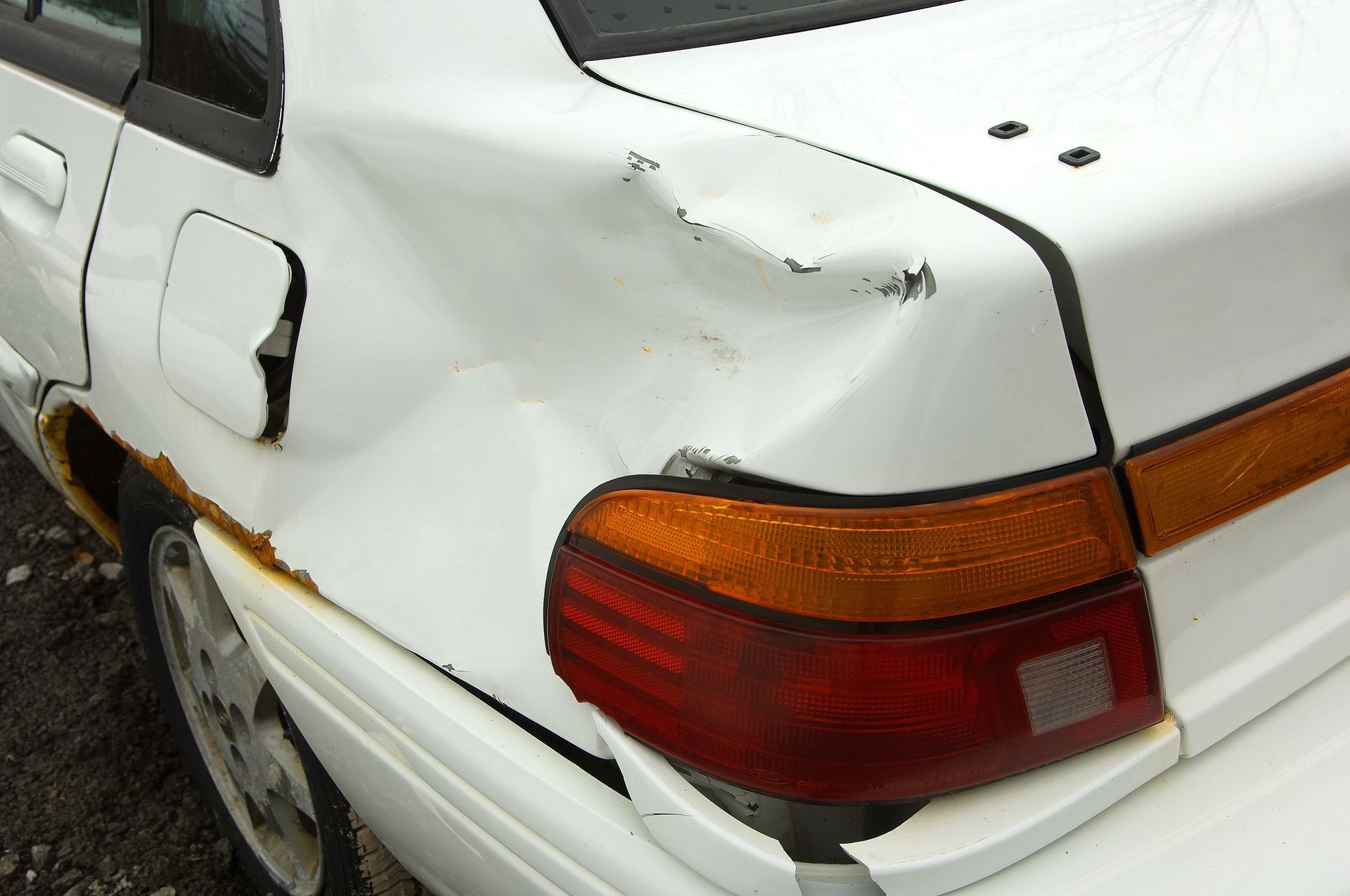
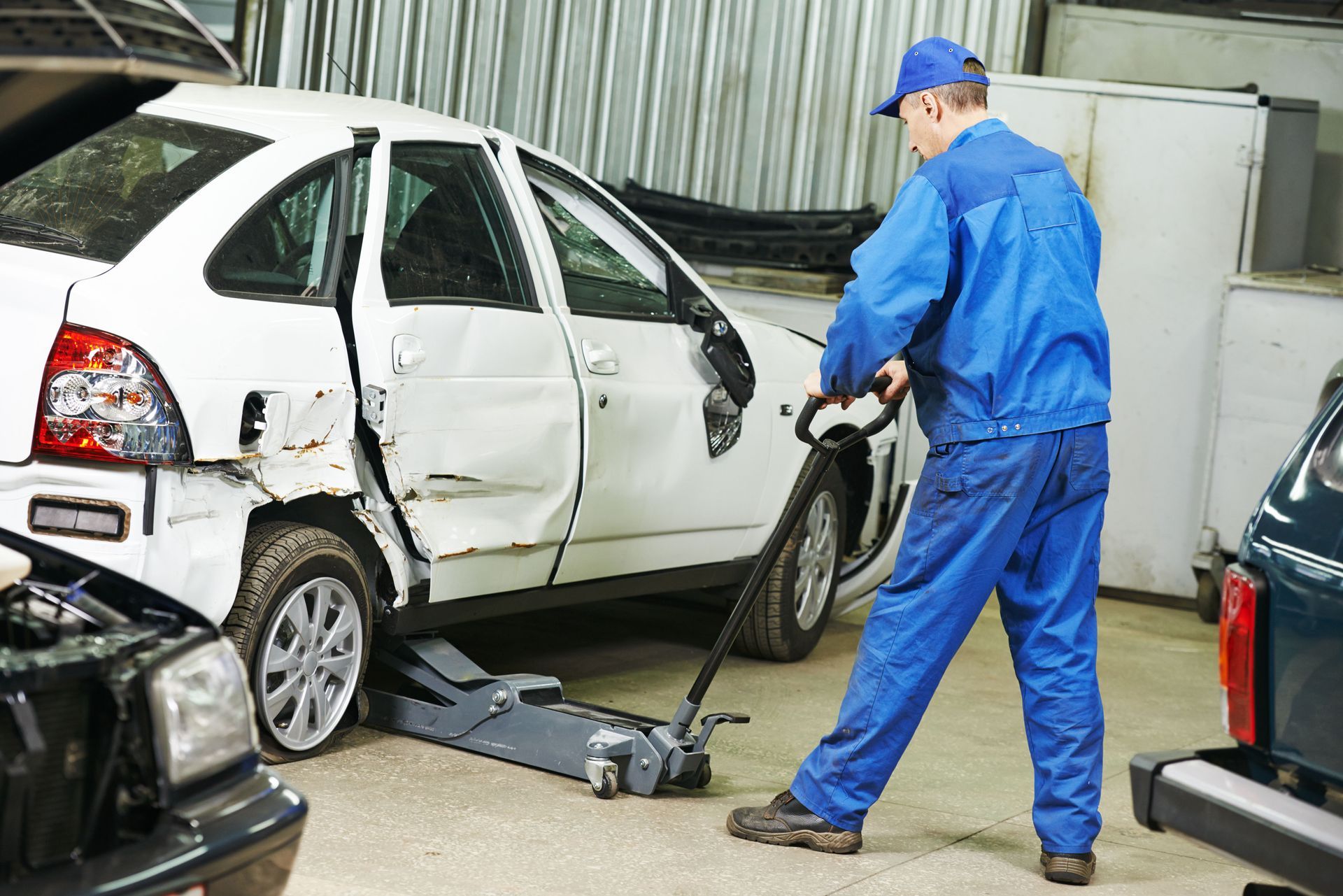
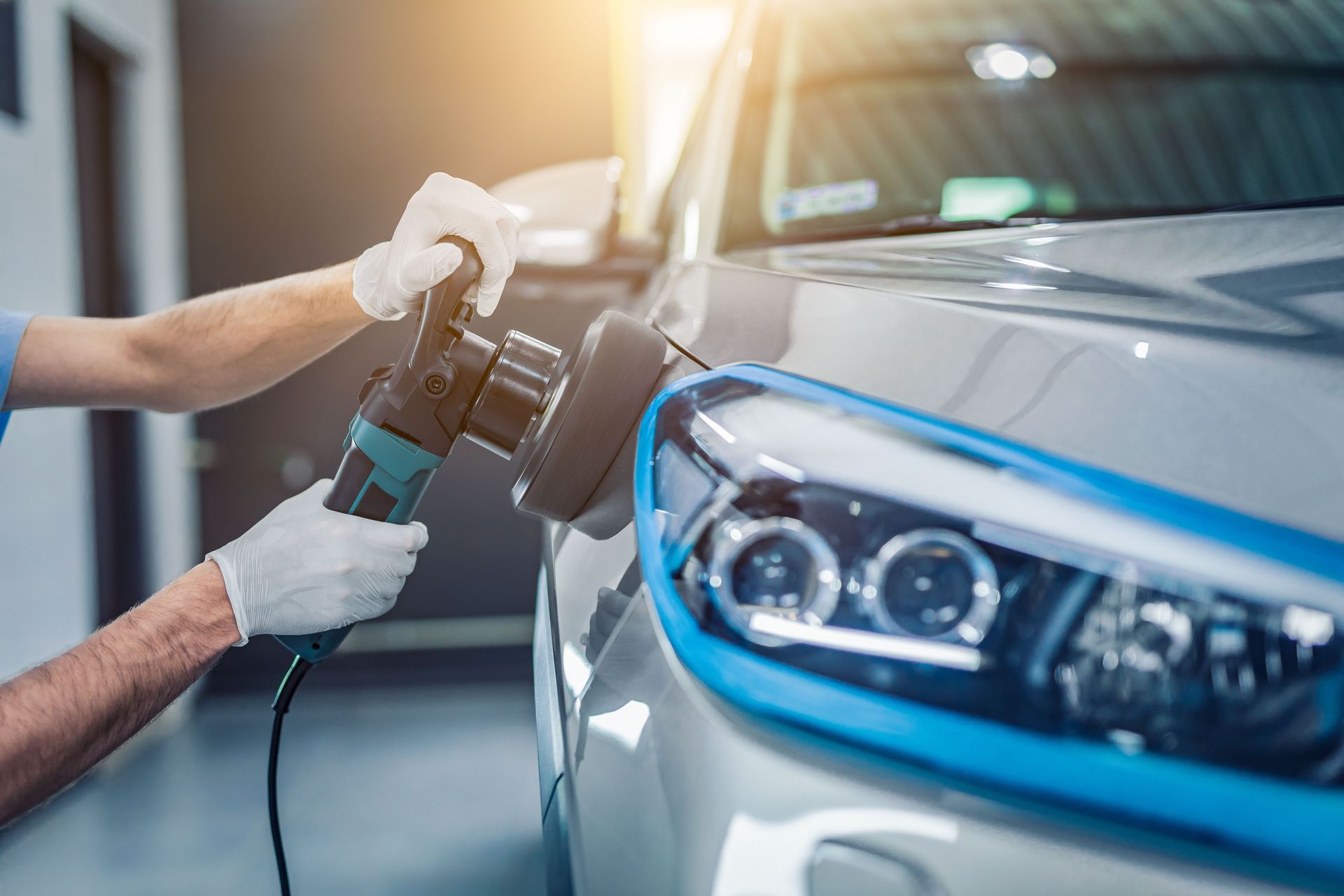
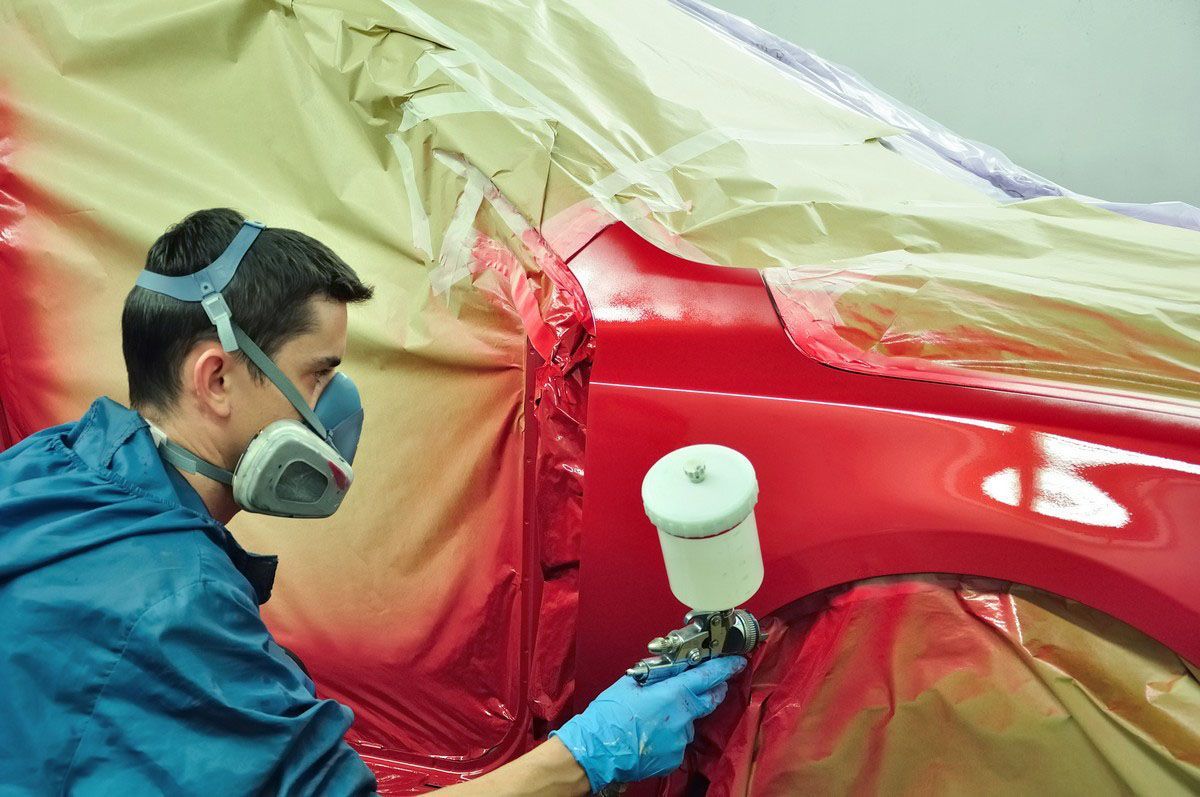
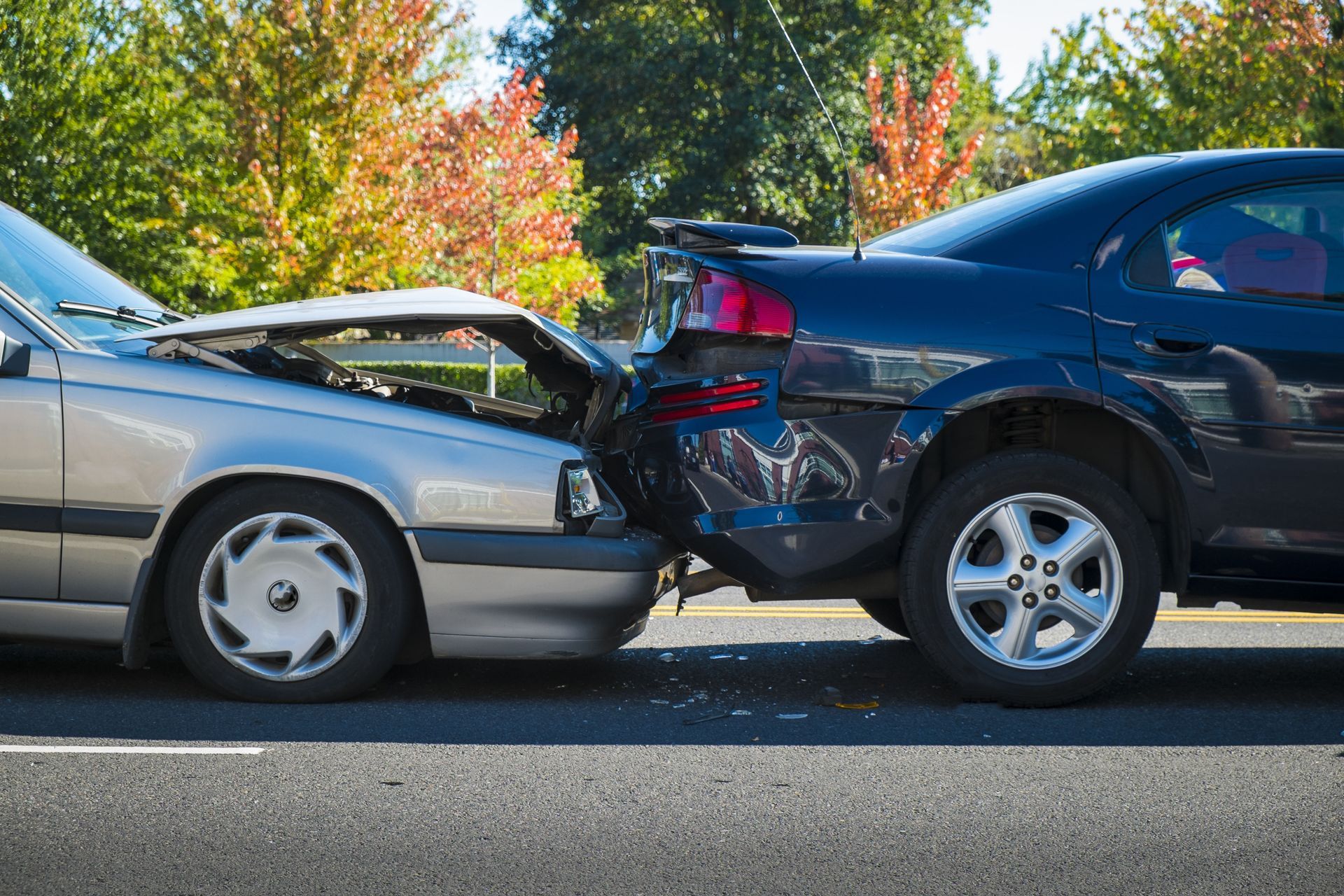

Share On: